Key Takeaway
Microblading is a great way to make your eyebrows look better, but it's important to have realistic expectations. If you understand the facts and know the common myths about microblading, you can make an informed decision and get the beautiful, natural-looking eyebrows you've always wanted. The key is to choose a skilled technician for a positive experience.
A lot of people are opting for microblading as a cosmetic technique to improve the appearance of their eyebrows. Yet, owing to misunderstandings, many prospective customers are wary. In this blog, we will discuss these concerns, clear up any confusion, and offer practical advice to help you decide whether microblading is right for you.

What Is Microblading?
If you want to improve the look of your eyebrows, you can get microblading, a semi-permanent cosmetic surgery. A skilled artist mimics the look of natural eyebrow hair by injecting pigment into the skin using specialized PMU equipment. Those seeking a more defined brow, sparse area filling, or reshaping of the brows will benefit greatly from this operation. Microblading can provide long-lasting results that help you save time and effort in your daily makeup routine, whether you're dealing with thinning eyebrows or just want a polished look.
8 Common Misconceptions About Microblading
In this section, we will tackle some of the most persistent myths and clarify the facts.
Misconception 1: Microblading is Permanent
Many people believe microblading is permanent, but it's actually semi-permanent. The pigment will fade as the skin naturally exfoliates and renews. Microblading typically lasts 1–3 years, depending on skin type, sun exposure, and aftercare. Touch-ups are needed to maintain color and shape, which are advised every 6-18 months.
Here, several things affect longevity:
- Skin type. Oily skin tends to fade pigment faster than dry skin.
- Sun exposure. Overexposure to the sun accelerates fading.
- Aftercare. Avoiding certain items and activities can prolong results.
While microblading naturally fades, professional removal and repair services are available if you're unhappy with the results or want to change your look sooner.
Misconception 2: Microblading is Extremely Painful
Pain is another common worry. Many clients ask, “Does microblading hurt?” The answer depends on your pain tolerance, but most people describe the sensation as mild discomfort rather than pain. During the procedure, a numbing cream is applied before and during the procedure to minimize discomfort. While you may feel a scratching or pressure-like sensation, it's generally manageable. If you're concerned, talk to your artist beforehand—they can adjust techniques to ensure your comfort.
Misconception 3: Microblading Looks Unnatural
Stressed about getting brows that look fake or drawn on? People often worry about this, but skilled microblading artists know how to make the results look realistic. They will pick pigments at match your hair and skin and mix them together carefully. It's important to find a skilled artist who understands the principles of brow design and has a keen eye for detail.
Misconception 4: Microblading is the Same as Traditional Tattooing
Although both microblading and tattooing involve depositing pigment into the skin, there are big differences between the two.
| Feature | Microblading | Traditional Tattooing |
| Depth of Pigment | Upper layers of skin (epidermis) | Deeper into the skin (dermis) |
| Tools | Handheld tool with tiny needles | Machine |
| Pigments | Designed to fade over time | Permanent inks |
| Permanence | Semi-permanent | Permanent |
| Overall Look | More natural, fine hair-like strokes | Bolder, more defined |
| Typical Applications | Eyebrows, enhancing natural features | Body art, outlines, shading, filling large areas |
Misconception 5: Microblading is Suitable for Everyone
Microblading is generally safe, but not everyone can get it done. There are some conditions that might make you ineligible for the treatment.
- Skin issues. Skin problems like eczema, psoriasis, and rosacea can take longer to heal and impact the end outcome.
- Pregnancy and breastfeeding. Because of hormonal changes and possible risks, microblading shouldn't be done while pregnant or nursing.
- Medications. Some medicines, like blood thinners and Accutane, can increase the risk of bleeding and complications.
- Keloid scarring. People who are prone to getting keloid scars might not be suitable candidates.
To find out if microblading is right for you, you should consult with a qualified technician and tell them about any health problems or medicines you're taking.

Misconception 6: Microblading Causes Eyebrow Hair Loss
Fortunately, this is not the case. Microblading improves brows by adding pigment to mimic hair strokes, not by affecting the natural hair growth process. It deposits pigment into the superficial skin layers without affecting the hair follicles that are responsible for hair growth.
Misconception 7: Microblading Is Only for Women
Anyone who wants to improve their eyebrows can get microblading done, not just women. The treatment can also help men, especially if their brows are thin or not even. The method can be tailored to suit any individual's needs.
Misconception 8: One Microblading Session Is Enough
Most of the results can be done in the first session, but a touch-up is usually required 4–6 weeks later. This follow-up appointment ensures the pigment is even, fills in any gaps, and perfects the final look. If you skip the touch-up, the effects might be uneven.
7 FAQs About Microblading
Q1: How do I find a good microblading artist?
Look for artists who have proper certification, extensive experience, and a good portfolio. Check out reviews, ask people you know for suggestions, and ask questions during a consultation.
Q2: What should I do before and after the microblading surgery?
Don't drink alcohol or caffeine, or take blood-thinning drugs before the procedure. After the procedure, carefully follow your artist's aftercare directions, such as keeping the treated area out of water, makeup, and direct sunlight.
Q3: What if my skin is sensitive? Can I still get microblading?
Yes, but let the artist know about your skin type and any allergies. They can suggest the right pigments and methods to keep pain to a minimum.
Q4: What if I don't like the results? Is it possible to fix it?
Talk to your artist if you're not happy with the results. Minor corrections can often be made during the touch-up session. In the worst cases, removal options like saline treatments or laser removal are available..
Q5: Does microblading work for all skin types?
Most skin types can get good results with microblading, but oily skin may fade more quickly. Your artist will tell you what approach will work best for your skin type.
Q6: Can I wear makeup during the healing process?
If you want to avoid infections and ensure proper pigment retention, don't put makeup on or near your brows while they are healing.
Q7: Is there an age limit for microblading?
There isn't a strict age limit, but most professionals expect their clients to be at least 18 years old or older. If you're worried about this, consult your artist to ensure the procedure is right for you.
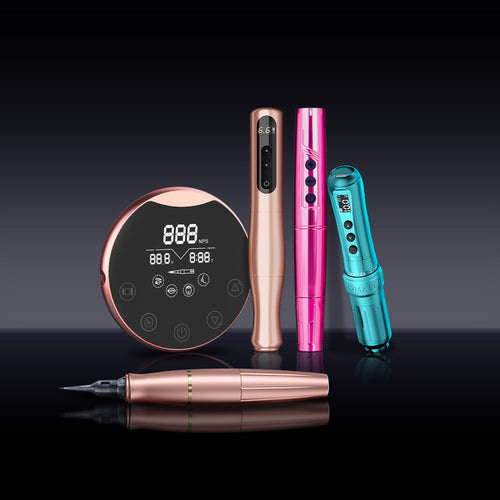
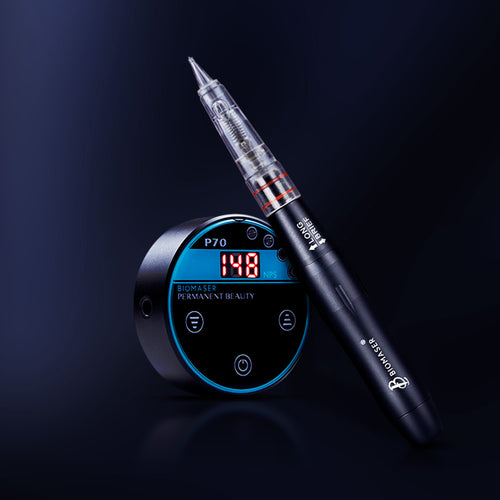
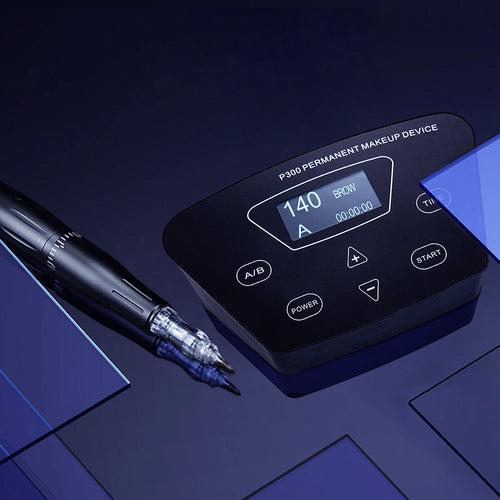
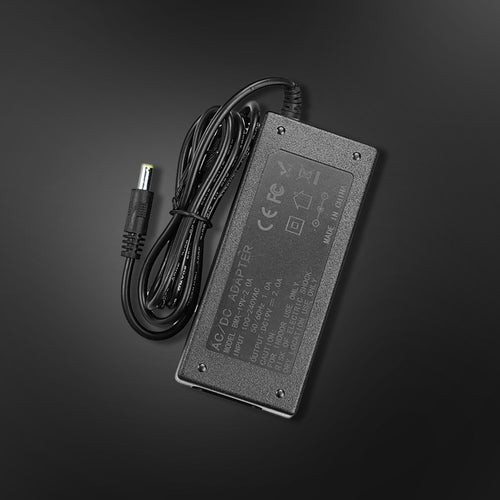
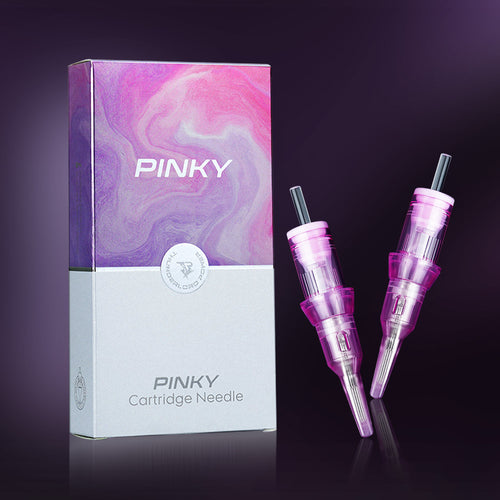
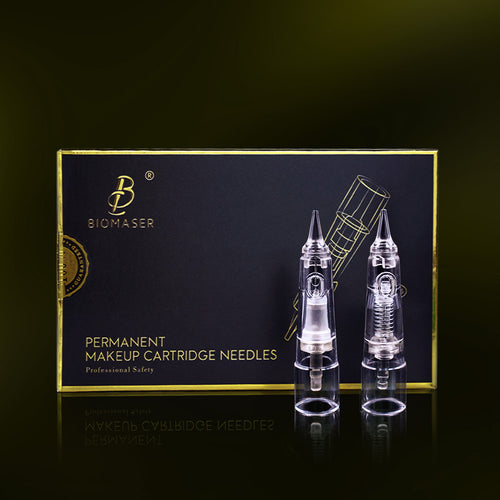
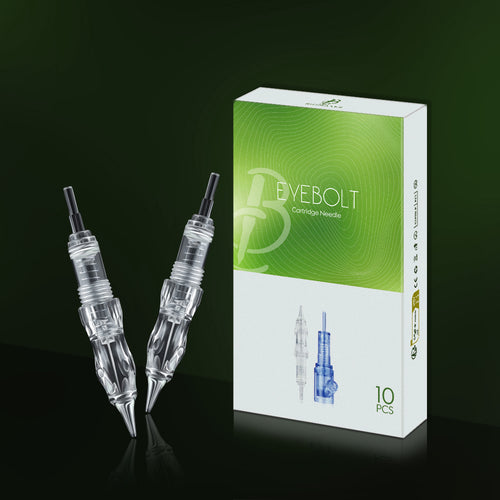


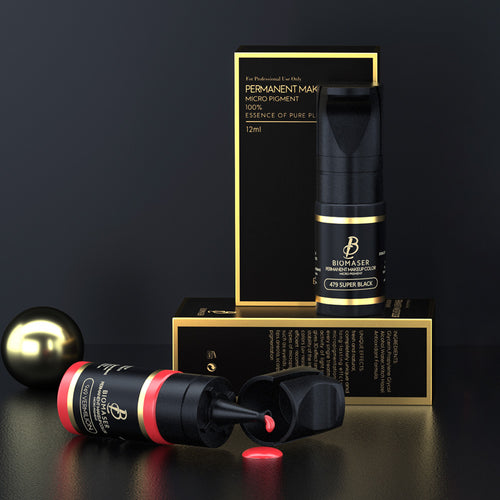
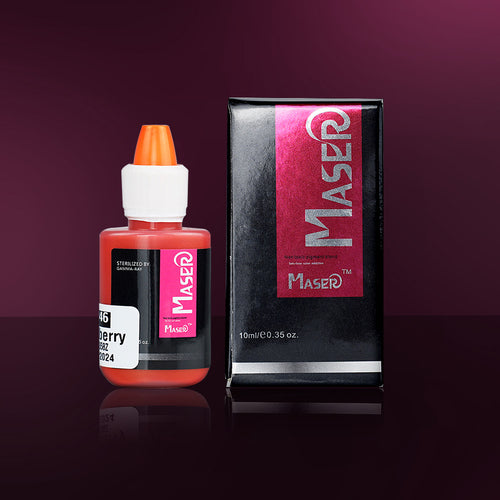
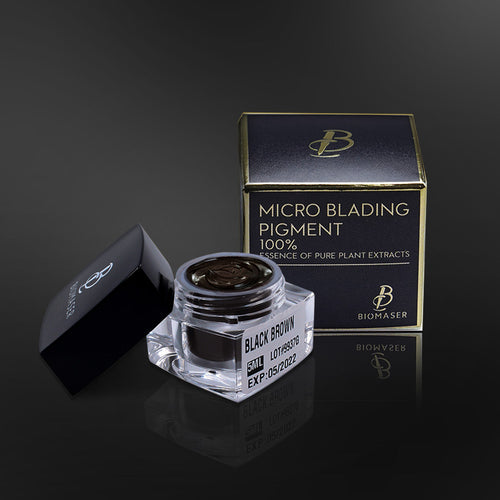
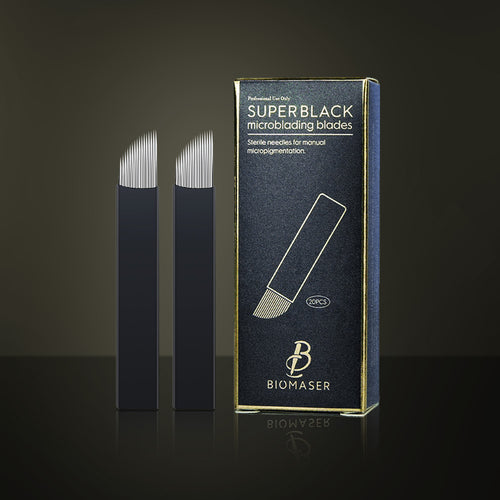


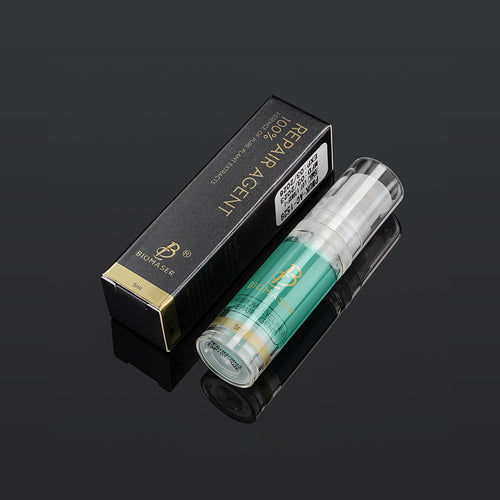

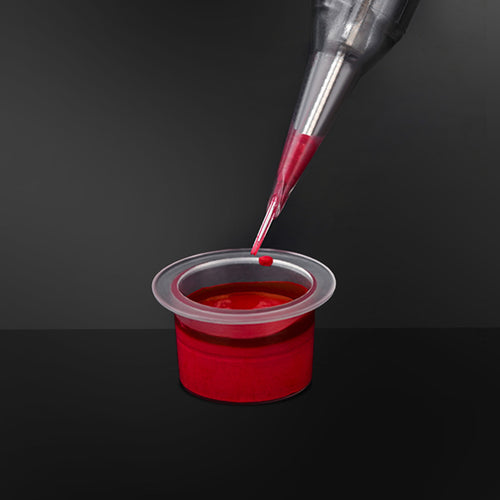



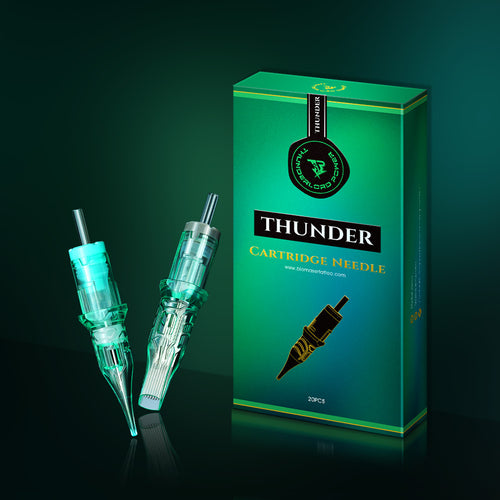
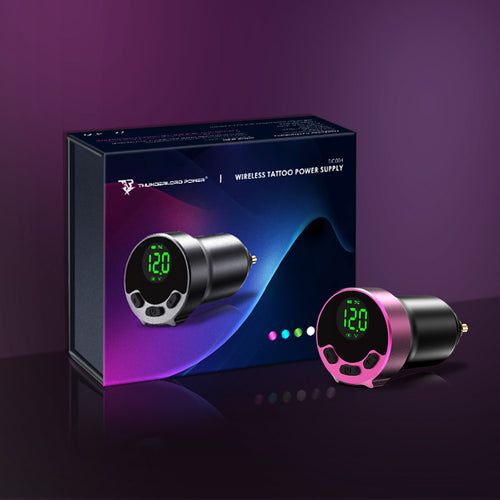


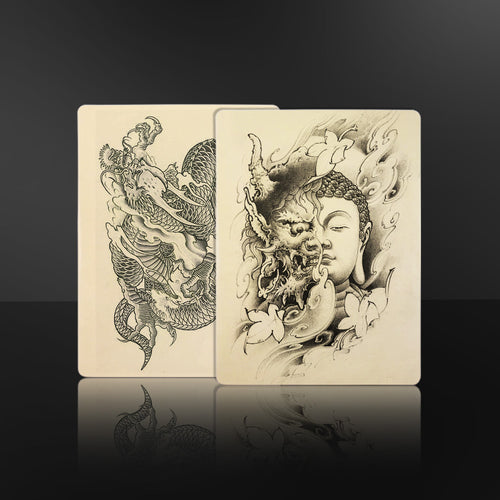
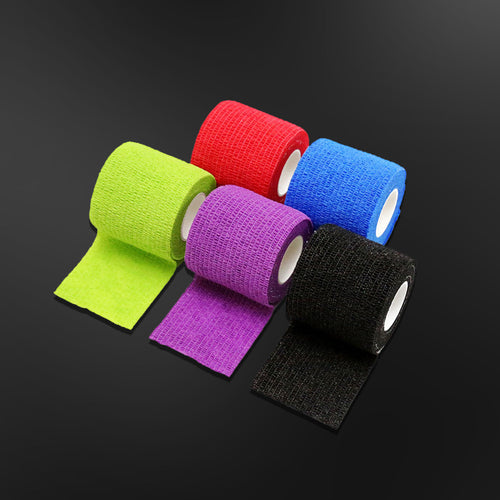

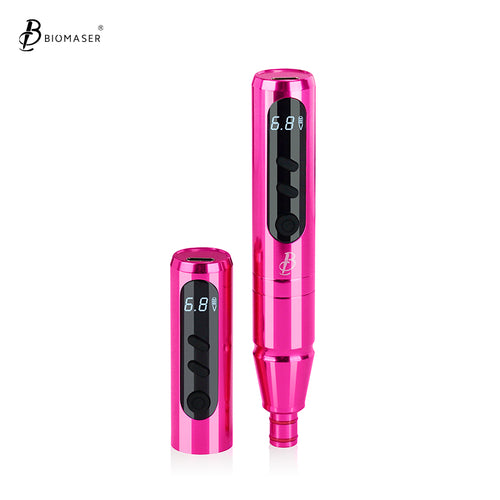
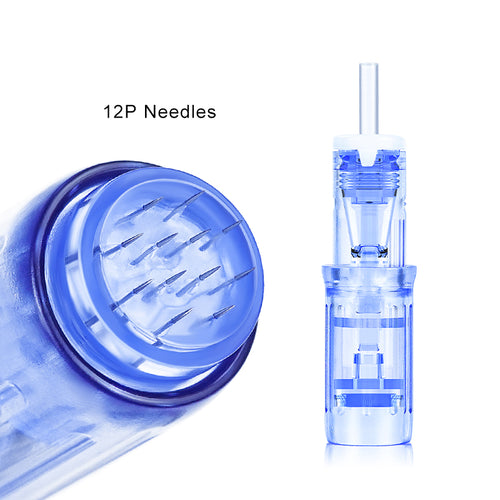


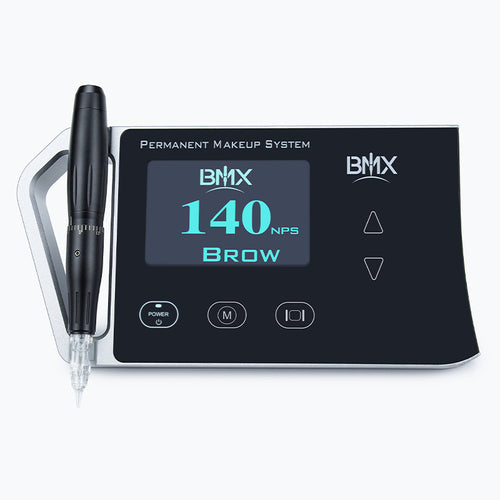

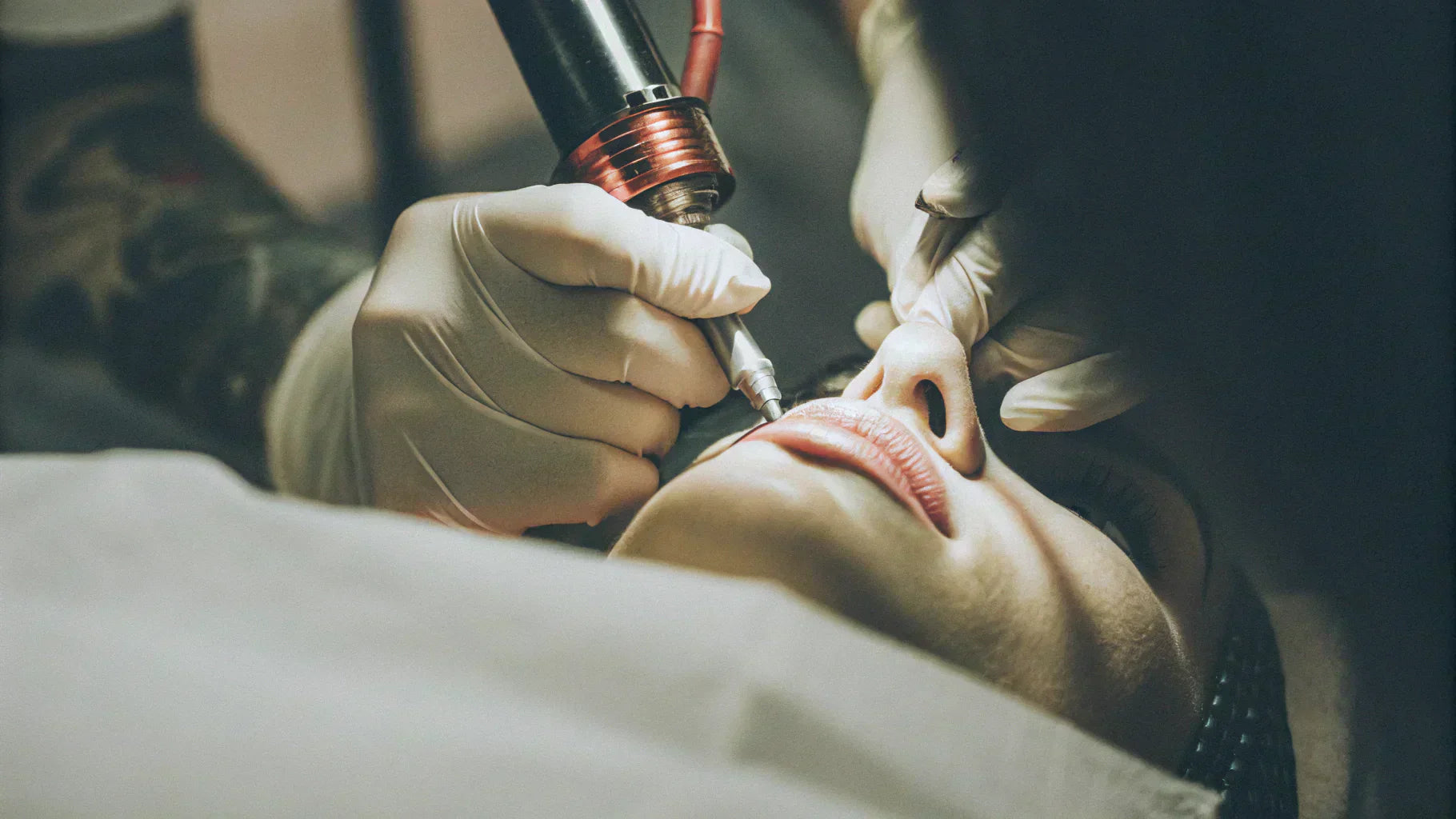
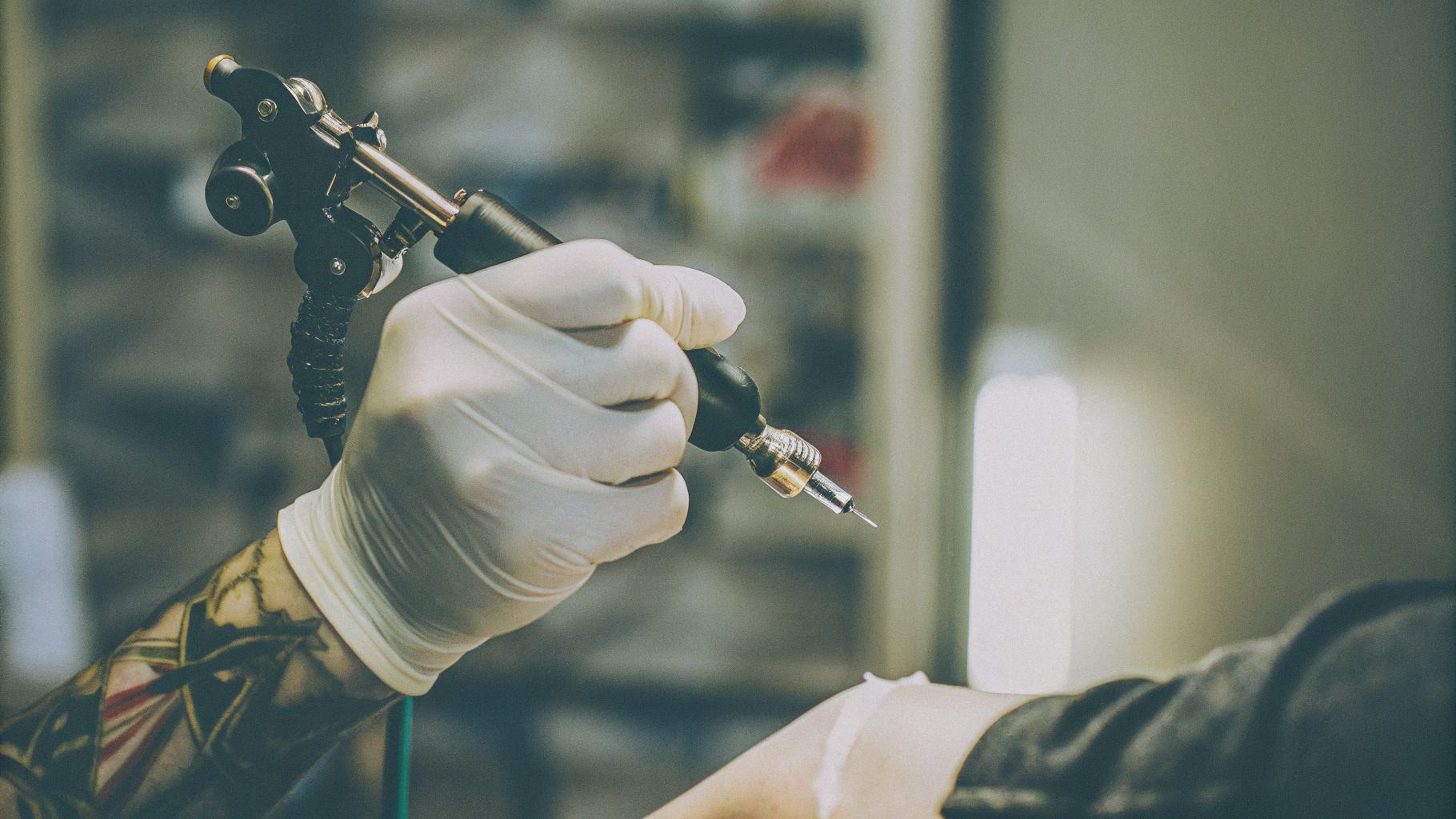
اترك تعليقًا
This site is protected by hCaptcha and the hCaptcha Privacy Policy and Terms of Service apply.